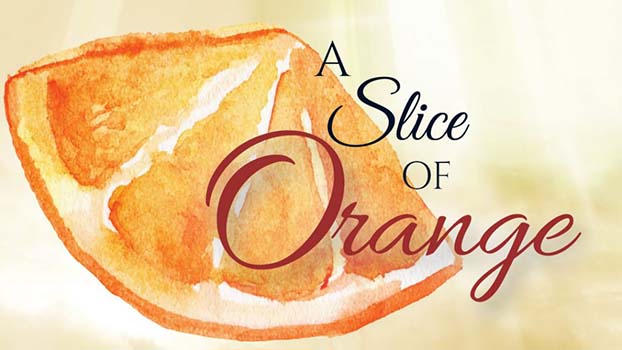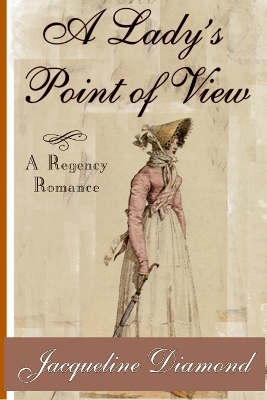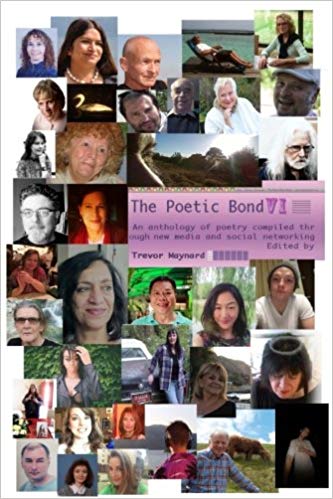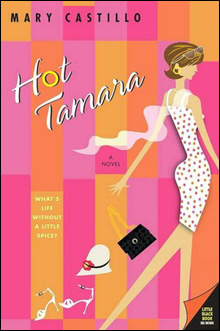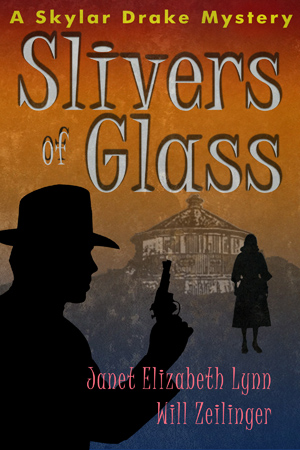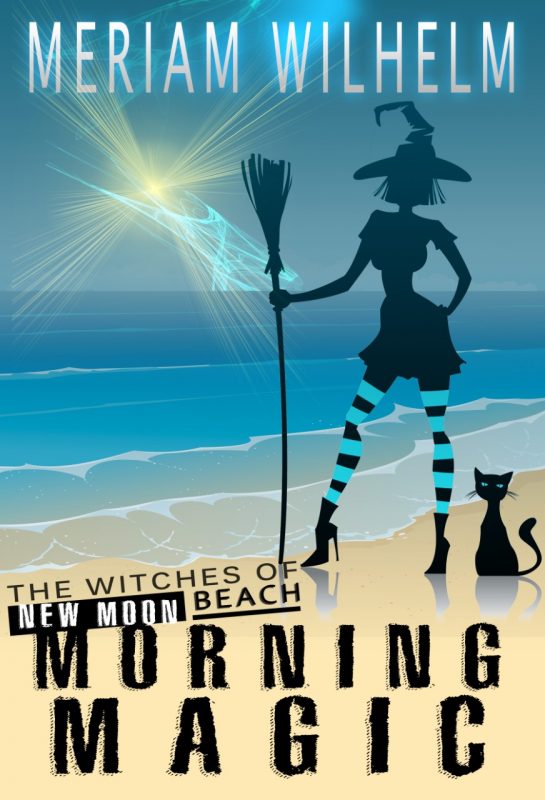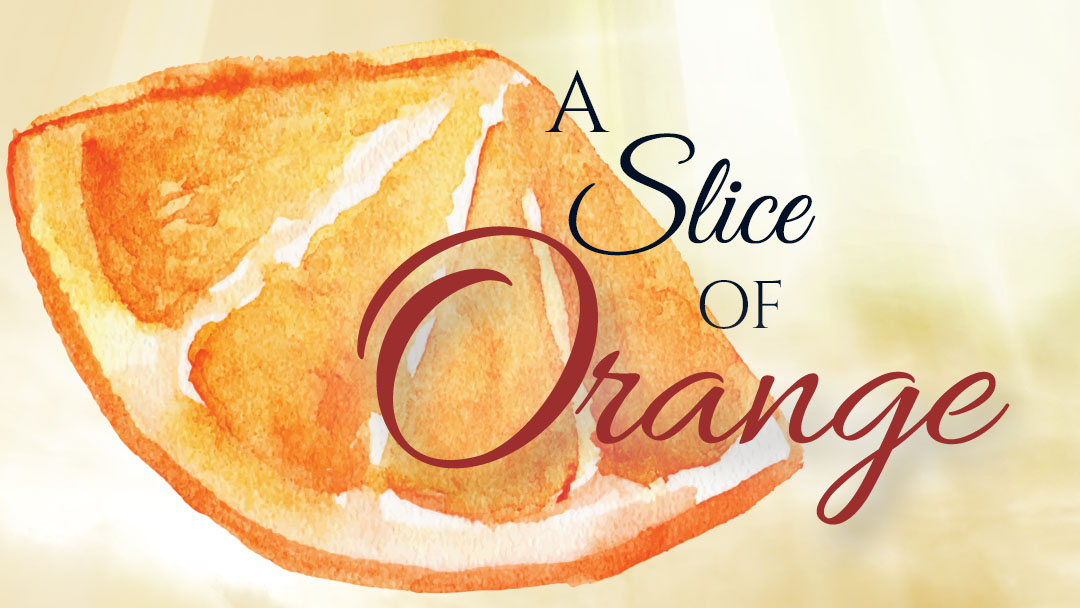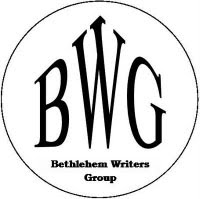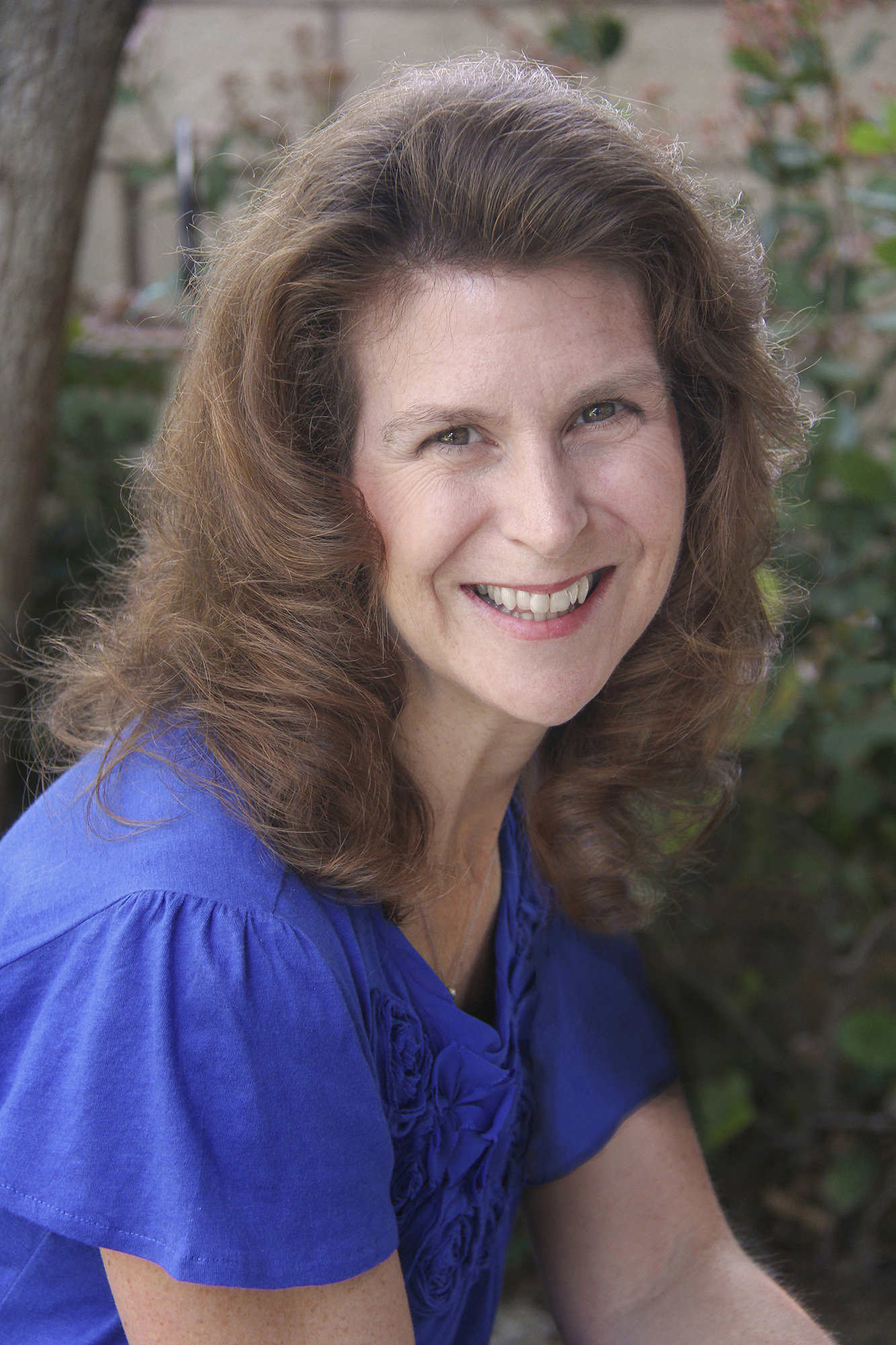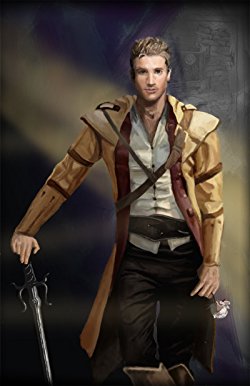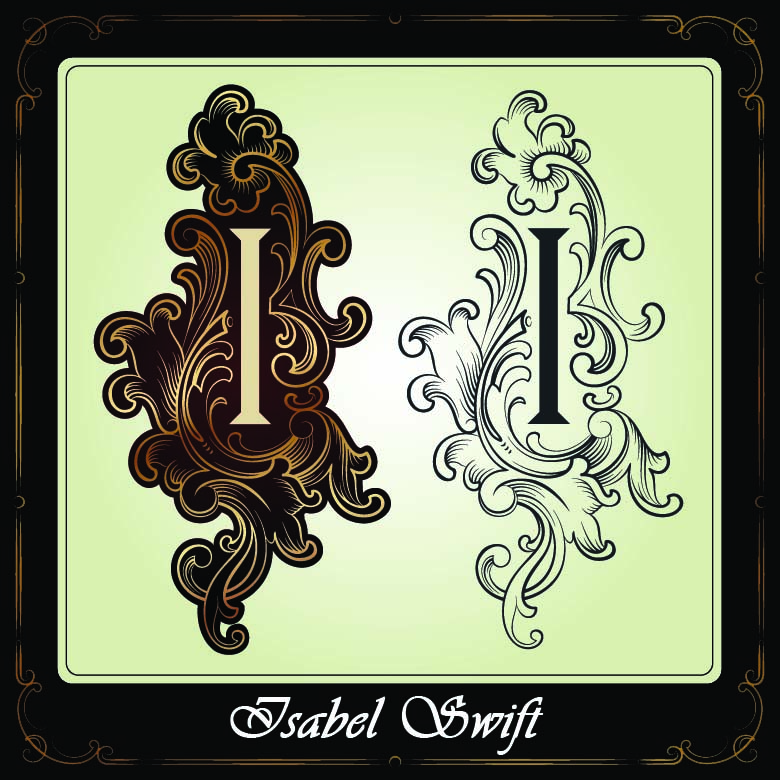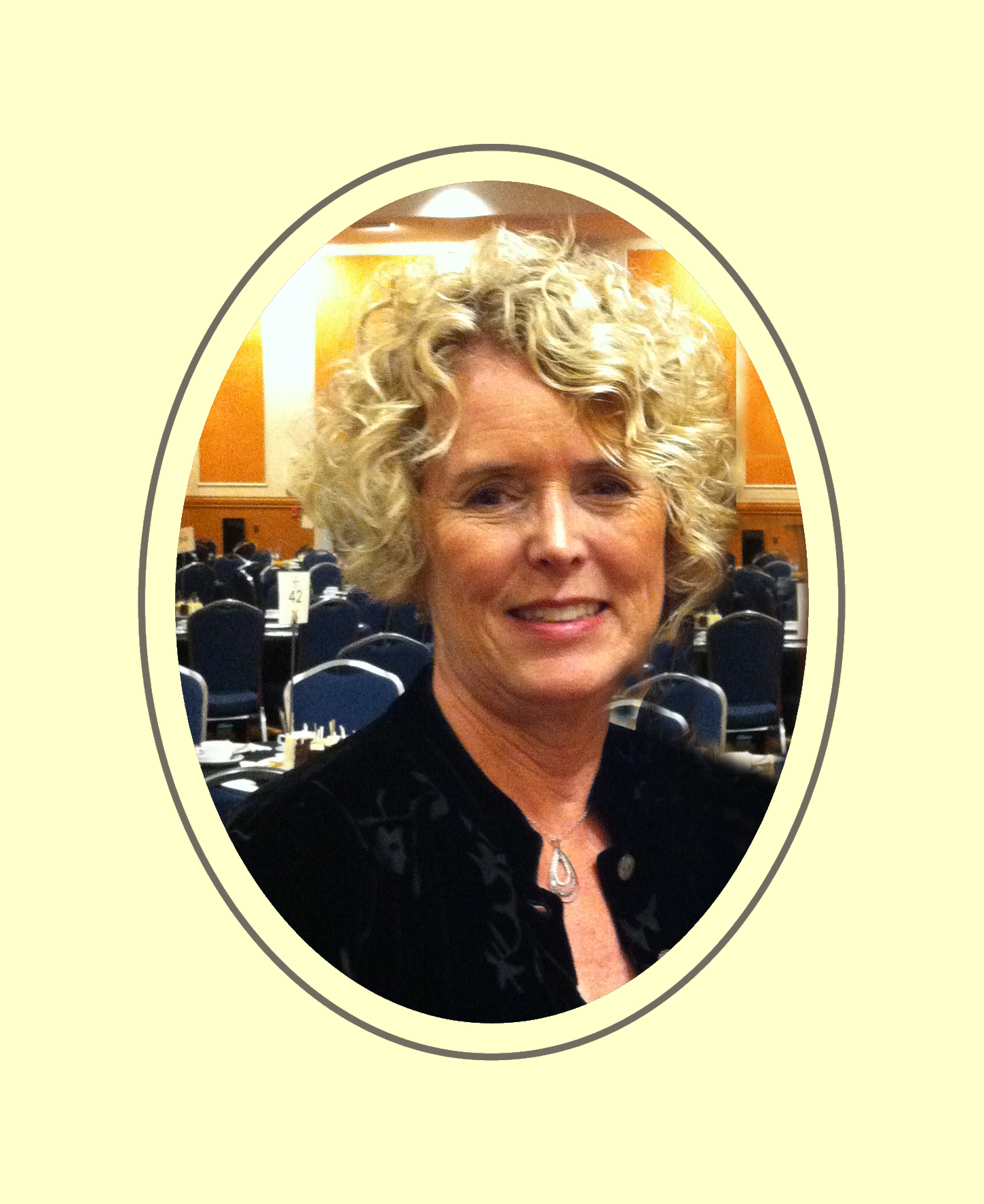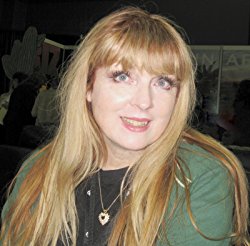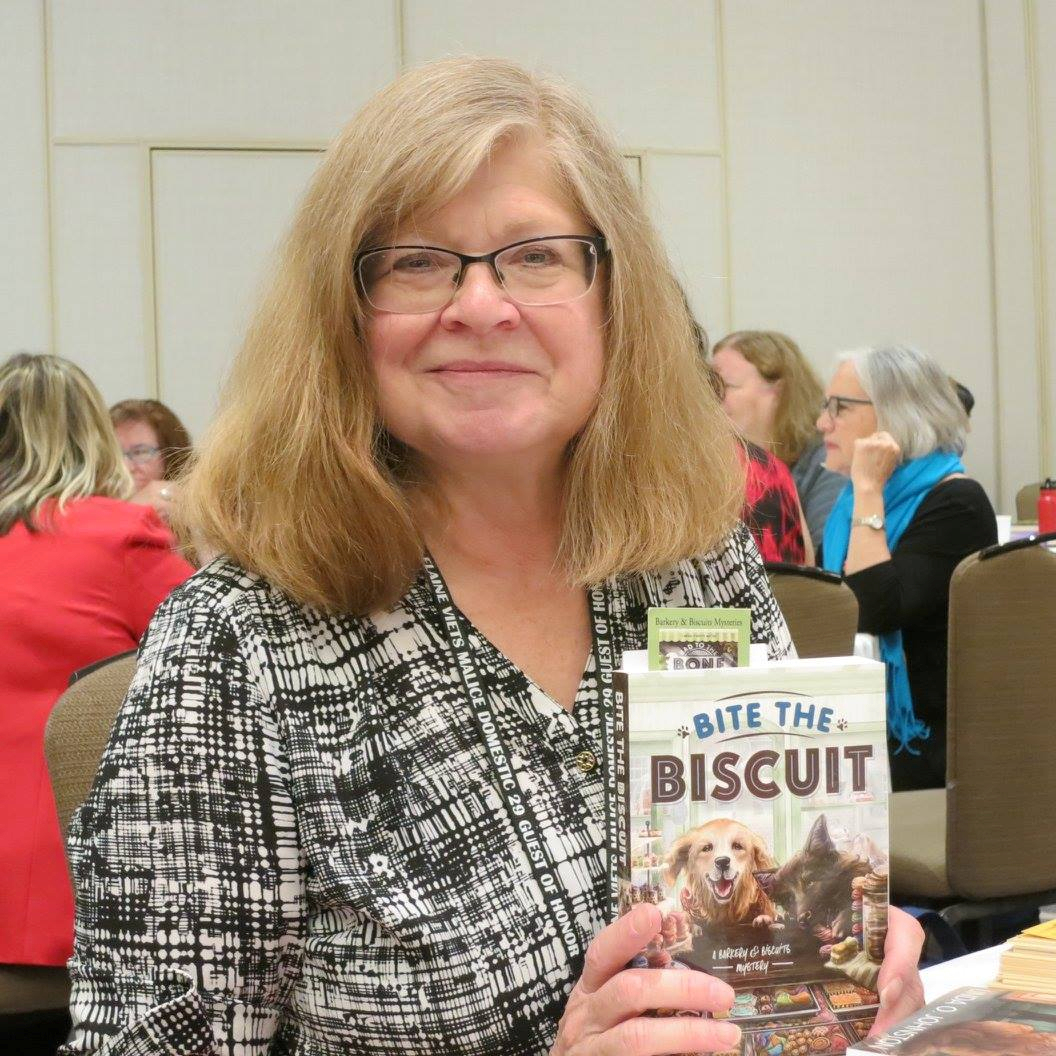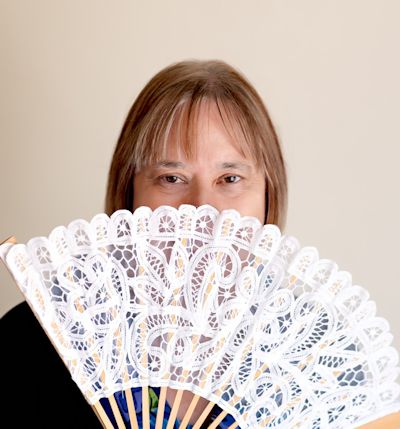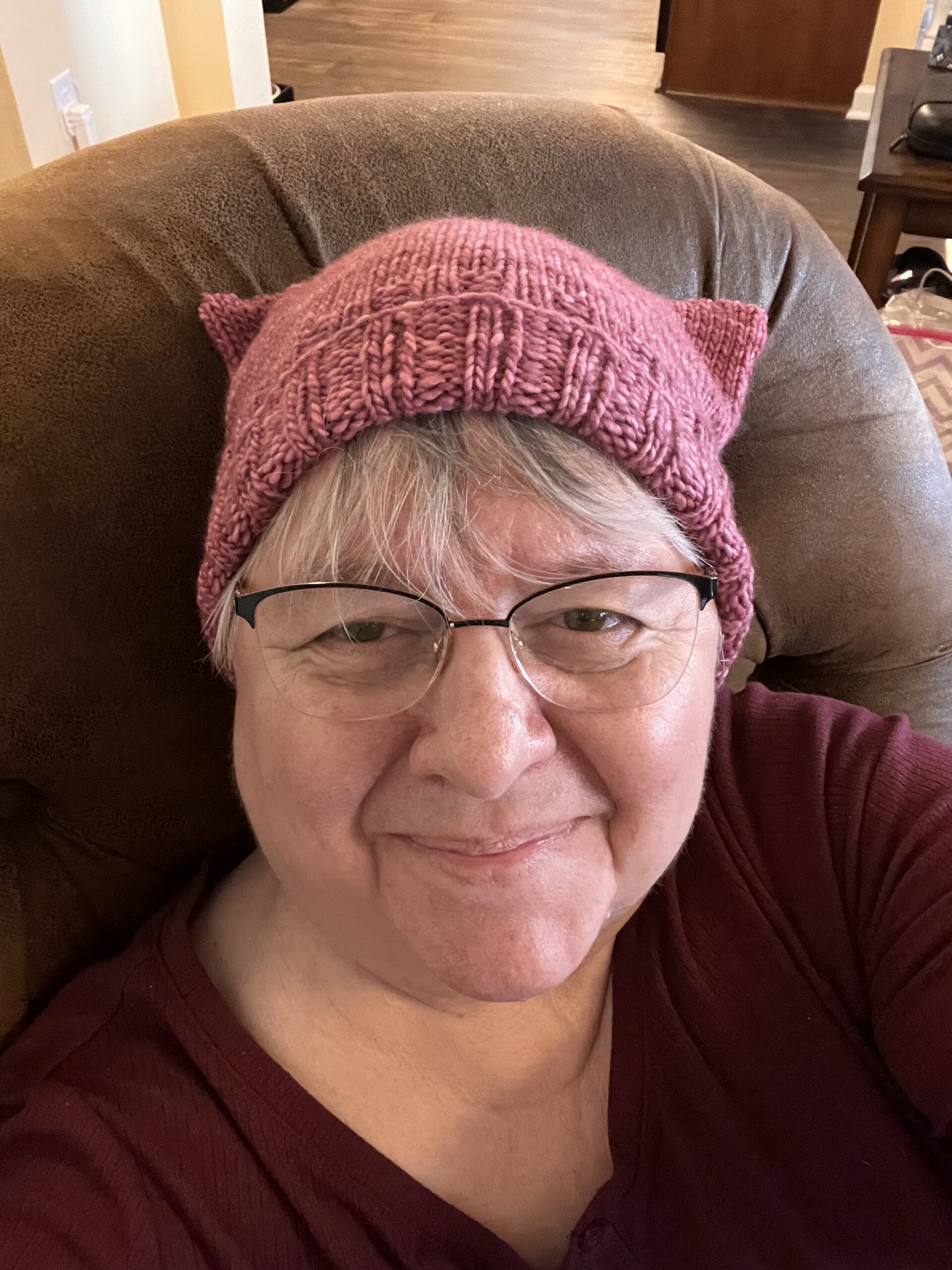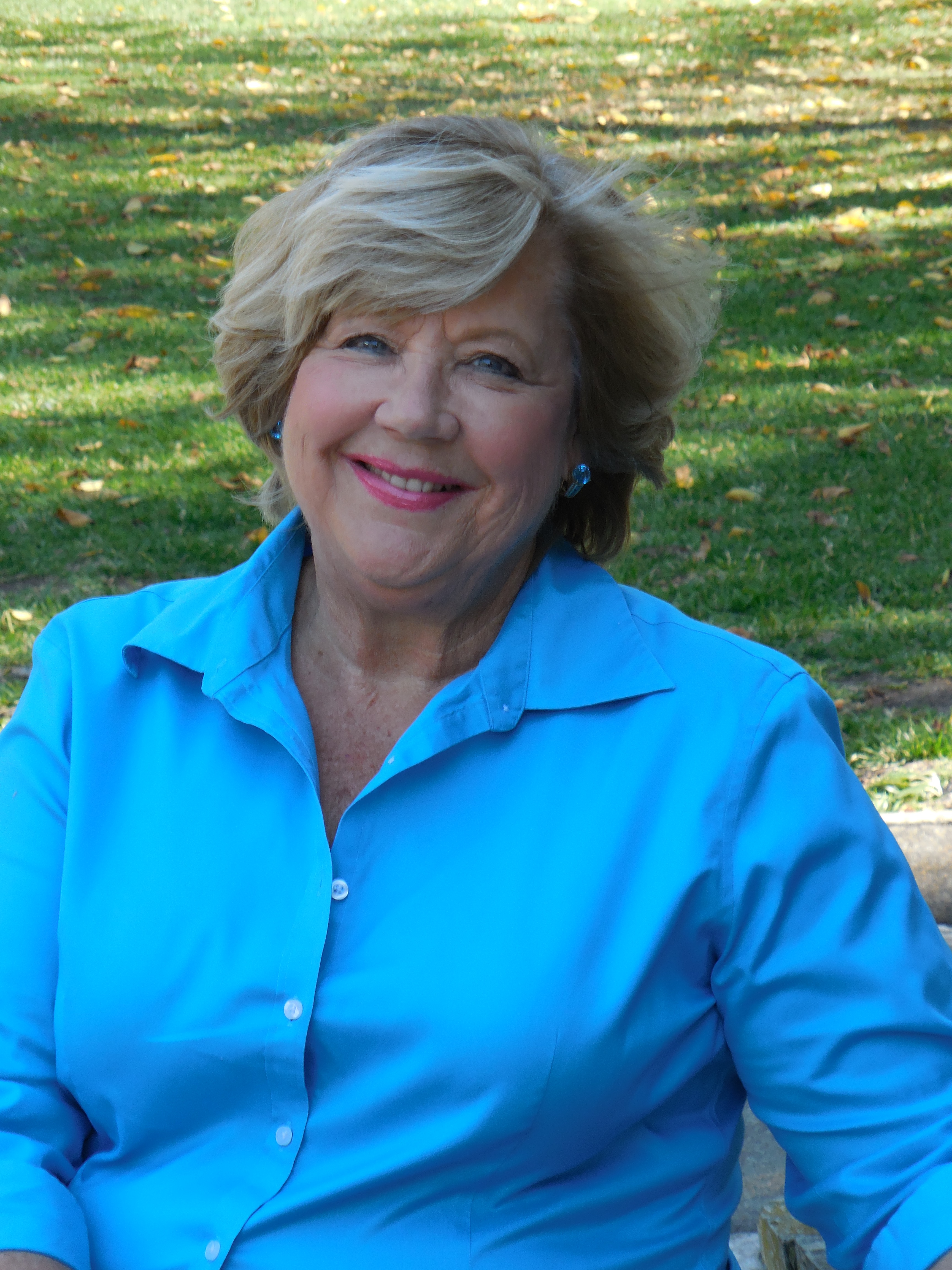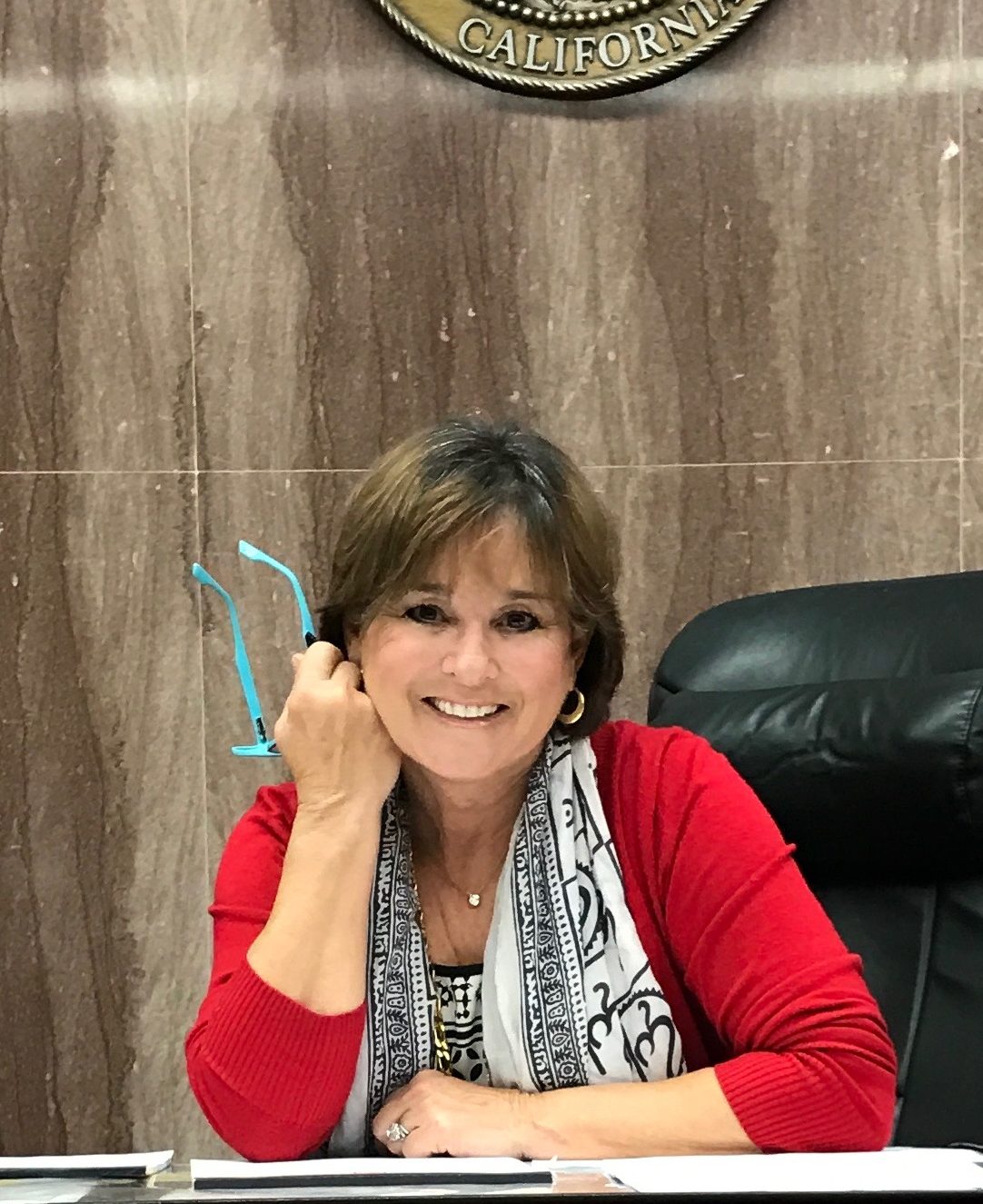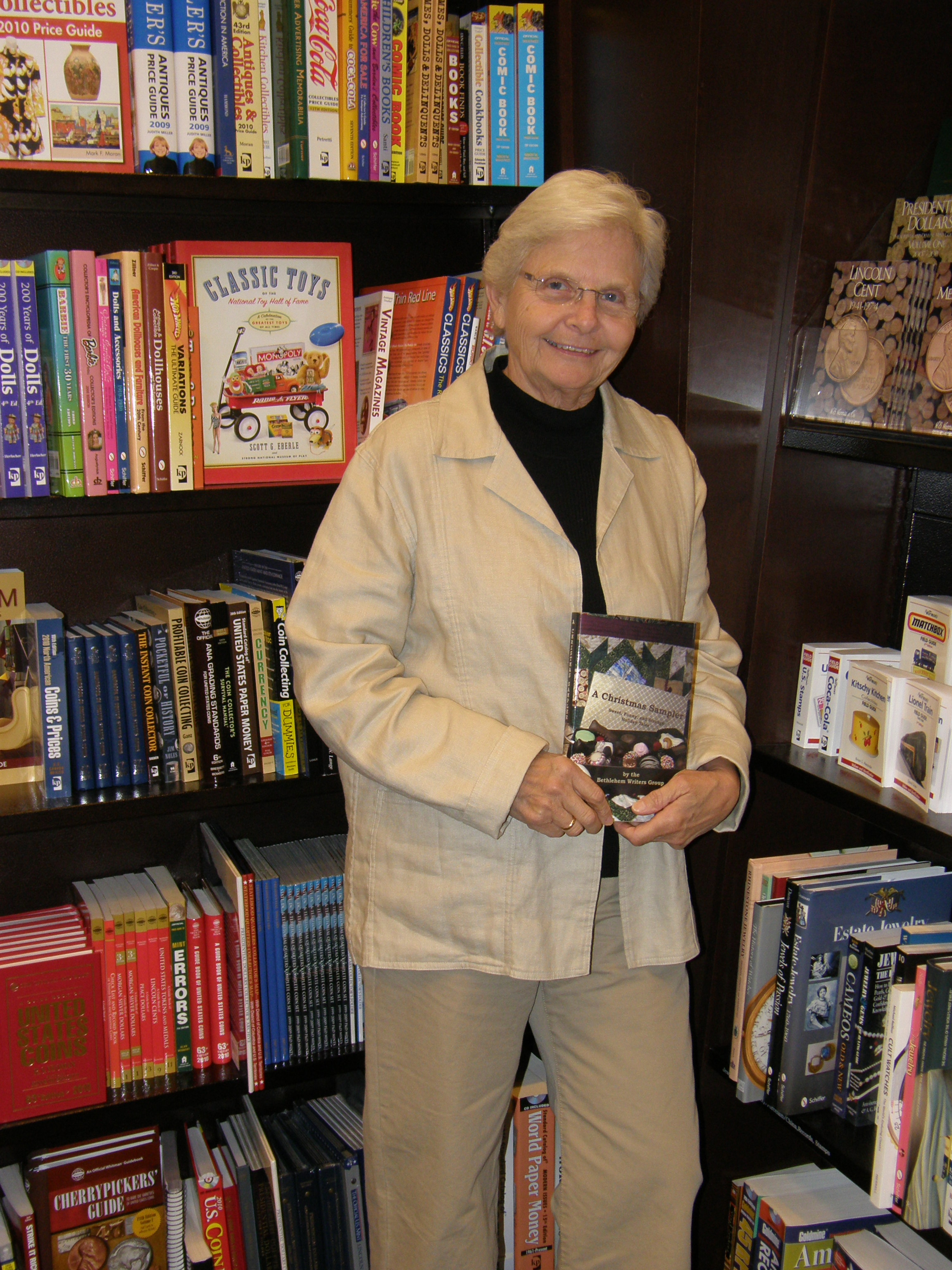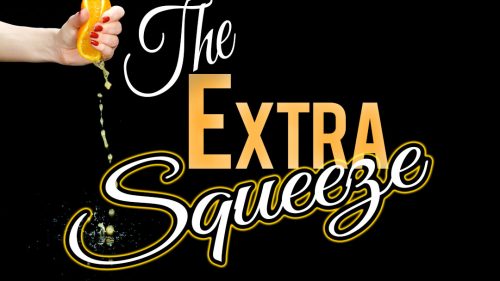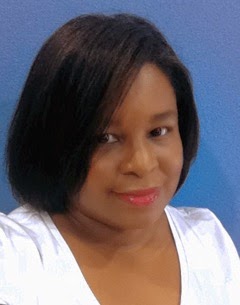A New Mystery by Linda O. Johnston
May 6, 2018 by Linda O. Johnston in category Pets, Romance & Lots of Suspense by Linda O. Johnston tagged as Cozy mystery, dogs, mysteries, series
A New Mystery
The official availability of my new May release is in 2 days–May 8.
 What is it? It’s, PICK AND CHEWS, the fourth in my Barkery & Biscuits Mystery Series for Midnight Ink.
What is it? It’s, PICK AND CHEWS, the fourth in my Barkery & Biscuits Mystery Series for Midnight Ink.
As I’ve mentioned before, I have four books being published this year, one mystery and three romances.
PICK AND CHEWS is about Carrie Kennersly, a veterinary technician, who buys a friend’s bakery and turns half into a barkery, where she sells healthy dog treats that she’s developed.
Does she have a romantic interest? Of course! Everything I write contains a romance, as well as elements of mystery or suspense or both. In this case, Carrie’s guy is a veterinarian at the vet clinic where she still works part-time, Dr. Reed Storme. Reed has been telling her to back off from helping to solve murders because it’s too dangerous for her. But… well, in PICK AND CHEWS he backs off from that position a bit because he’s the one who’s the main murder suspect.
So, what’s next this year? Well, as I mentioned before, the first in my K-9 Ranch Rescue miniseries for Harlequin Romantic Suspense, SECOND CHANCE SOLDIER, was published in March. Its sequel TRAINED TO PROTECT will be an October release.
And then, in November, my last Harlequin Nocturne, VISIONARY WOLF, will be published. It’s the ninth in my Alpha Force series about a covert military unit of shapeshifters—and the last, since the Nocturne line is ending this year.
So—yes. Three romances, plus one mystery, in 2018. I celebrate them all!
Linda
Why Self-Publishing by Tracy Reed
May 5, 2018 by A Slice of Orange in category Pink Pad by Tracy Reed tagged as Agents, Authors, Edgy Christian Fiction, self-publishing
Tracy is busy today (and there will be no comments about Cino de Mayo and margaritas). While she’s away, she thought you might like to read a post from our archives. Why Self-Publishing was originally published on Jan 16, 2015.
Why Did You Chose To Self-Publish?
This is the first question most Self-Published Authors are asked. However, what’s really going through the mind of the person asking is, “So you couldn’t get an agent or your work wasn’t up to snuff.” That’s so not true.
I’ve learned a lot on the road to becoming a self-published writer. First, I had an agent. A well-respected agent in the world of Christian Fiction. Let me preface this by saying, she knew my writing style. She’d read the first five chapters of my book. Actually, it was a different book. [That’s a story for another time.] She got my book to ‘Board.’ Two years later and I’m still waiting to hear if that publisher wants to move forward with my book. I think it’s safe to say, they passed on it.
I need to back up. I write what is classed as Edgy Christian Fiction. What is that you ask? ECF [Edgy Christian Fiction], is fiction with Christian themes. What makes it ‘Edgy’ is that it includes elements not common in traditional Inspirational or Christian fiction. In my books, that means the kisses are a little more passionate, there’s sex between the married couples, language with a little bite, lots of physical descriptions voiced by the characters, wine, talk about abortion, divorce, fornication, lust, not liking your in-laws and anything else that goes on in everyday life. The men are hot, the women are loaded with curves and both are quick to render their appreciation of the opposite sex.
As a Christian, I wanted to read stories about women who weren’t ashamed or embarrassed to express their feelings, with strong personalities and business owners. Let’s be real, when you’re sitting down with your girlfriends talking, you’re not talking in prose. No, you’re very descriptive in your comments on how amazing Idris Elba, Matthew McConaughey, Johnny Depp or Daniel Craig looked in their last movie. So why not write stories from that POV.
 I feel it’s a little difficult to convey to the reader the heroine’s attraction is to the hero by not being descriptive in this manner. Traditional Inspiration Fiction, the heroine’s feelings might be described with something like, ‘His thick black hair was beautiful blowing in the wind, brought a smile to her face.’ That’s nice, but in my world, it would have a little more umph, like, ‘She wondered how his thick black hair would feel brushing against her chin as he placed hot kisses along her neck.’ Or maybe, ‘When he kissed the back of her neck, she lost the ability to stand.” Statements like this aren’t necessarily acceptable CBA approved.
I feel it’s a little difficult to convey to the reader the heroine’s attraction is to the hero by not being descriptive in this manner. Traditional Inspiration Fiction, the heroine’s feelings might be described with something like, ‘His thick black hair was beautiful blowing in the wind, brought a smile to her face.’ That’s nice, but in my world, it would have a little more umph, like, ‘She wondered how his thick black hair would feel brushing against her chin as he placed hot kisses along her neck.’ Or maybe, ‘When he kissed the back of her neck, she lost the ability to stand.” Statements like this aren’t necessarily acceptable CBA approved.
In my GENERATIONAL CURSE, I wanted to tell a story about a man who never turned down a drink or a woman. But when he hit rock bottom, he went cold turkey and fell in love with God. His priorities changed and he refused to let anyone or anything destroy that relationship. The heroine, is the complete opposite. She hasn’t had a relationship with God since she was a child. And even then it was more forced. Now as an adult, the only part of marriage she wants, is a married lover. She has no desire to be with a single available man. In her mind, a married man is less complicated. But she is intrigued by the hero and he her.
In order to tell the story, I had to take the reader on a journey with the heroine. I had to show how complicated and empty her life was by detailing her relationship with her married lover. I’m sure the story could have been told without the sex, but I don’t think it would have had the same impact. I don’t want to give too much away, but in the end it all makes sense.
So Why Did I Choose To Self-Publish? I wanted to tell the stories I wanted to read. I met an agent at a conference and she gave me two options: tell the story with the sex and no God or tell the story with God and no sex.
I wrestled with that statement for quite a while. But, I felt God had given me a great platform and I refused to back down. Also, I wanted covers and titles that were a little racy, another thing not really permitted in Inspirational or Christian Fiction.
So here I am, a newbie writer taking a chance writing stories with a little heat and taboo subjects. I know my style of book isn’t for everyone and that’s fine. For those willing to read something a little different, I think they’ll enjoy it.
Funny thing, a few weeks after I published my book, I got a LinkedIn request from my former agent. I’m still deciding if I should accept it.
That’s why I chose to self-pub.
Partnering in Writing
May 3, 2018 by Janet Elizabeth Lynn and Will Zeilinger in category Partners in Crime by Janet Elizabeth Lynn & Will Zeilinger tagged as co-writing, partners, researchPartnering in Writing: Researching with two brains and four eyes.
My husband, Will Zeilinger, and I co-write the Skylar Drake Murder Mystery series, a hardboiled series that takes the reader to 1950s Los Angeles and other areas of the west. Our new book, Slick Deal, begins News Year’s Eve 1956 at the Hollywood Roosevelt Hotel, the first murder and clues lead to Avalon, Catalina.
Having to research can be overwhelming, especially for period pieces. Because we write about the 1950s, research is a must for the reader to get the feel for the setting, decade and culture of the novel.
Since there are two of us, we want to make the most of the time spent at the library and/or museums. Splitting the work up and knowing what each of us is looking for needs to be planned rather tightly. Phone calls to the librarian asking how the information is filed can help. Also, the librarian, given enough time, will many times pull the material for you and have it ready when you arrive.
We still use pen and paper because of the rapid pace we research. Be sure your partner is situated at the same table. When we were researching SLICK DEAL at the L.A County Library in Avalon, I came across an article about the Catalina Grand Prix. It was held from 1951-58. I nudged Will. He read it, and his eyebrows went up. We were thinking the same thing…an unexpected subplot!
Then there are the meetings to decide what fits in the story. Several meetings and discussions followed by making lists of plots and subplots.
SLICK DEAL was released April 16, it is the fourth in the Skylar Drake series…and yes, we are still married!
Website: Janet Elizabeth Lynn Website: Will Zeilinger
Gone Fishing
May 2, 2018 by Jann Ryan in category Jann says . . . tagged as Authors, interviews, Jann Ryan
It’s true, Jann has gone fishing. We hope she catches one (or two) and has a lovely relaxing day. In the mean time click the tab below and read some of Jann’s recent interviews. You can also leave her a message.
Kitty Bucholtz Featured Author of the Month
May 1, 2018 by Kitty Bucholtz in category Featured Author of the Month tagged as Kitty Bucholtz, romantic comedy, superheroes
The Featured Author of the Month is Kitty Bucholtz.
Kitty grew up in Northern Michigan, so naturally she uses that area as the setting for most of her stories. She went to college in Traverse City, met and married the love of her life, and waved goodbye to everything she knew when she and her husband John struck out for parts unknown.
Their adventures included going back to school, changing careers, and traveling Down Under. They spent three years in Sydney, Australia, where Kitty earned her Master of Arts in Creative Writing degree from University of Technology, Sydney, while John made a penguin named Mumble dance. Only God knows where they’ll wind up next – but they’re pretty sure it will be another cool chapter in their adventure!
Kitty decided to combine her undergraduate degree in business, her years of experience in accounting and finance, and her graduate degree in creative writing to become a writer-turned-independent-publisher. She writes romantic comedy and superhero urban fantasy, often with an inspirational element woven in. She loves to teach and offer advice to writers through her WRITE NOW! Workshop courses and the new WRITE NOW! Workshop Podcast.
For more information on Kitty, please visit her website http://kittybucholtz.com/
Affiliate Links
A Slice of Orange is an affiliate with some of the booksellers listed on this website, including Barnes & Nobel, Books A Million, iBooks, Kobo, and Smashwords. This means A Slice of Orange may earn a small advertising fee from sales made through the links used on this website. There are reminders of these affiliate links on the pages for individual books.
Search A Slice of Orange
Find a Column
Archives
Featured Books
A LADY’S POINT OF VIEW
Being nearsighted in Regency London isn’t a crime—but it feels like one to a lady in disgrace.
More info →SLIVERS OF GLASS
Southern California 1955: the summer Disneyland opened, but even "The Happiest Place on Earth" couldn't hide the smell of dirty cops, corruption and murder.
More info →MORNING MAGIC
New Moon Beach is a charmed hamlet by the sea. But when Olivia Merriman returns home from college to open her dream shop, Mystique Creations, the entire town erupts in magical chaos.
More info →Newsletter
Contributing Authors
Search A Slice of Orange
Find a Column
Archives
Authors in the Bookstore
- A. E. Decker
- A. J. Scudiere
- A.J. Sidransky
- A.M. Roark
- Abby Collette
- Alanna Lucus
- Albert Marrin
- Alice Duncan
- Alina K. Field
- Alison Green Myers
- Andi Lawrencovna
- Andrew C Raiford
- Angela Pryce
- Aviva Vaughn
- Barbara Ankrum
- Bethlehem Writers Group, LLC
- Carol L. Wright
- Celeste Barclay
- Christina Alexandra
- Christopher D. Ochs
- Claire Davon
- Claire Naden
- Courtnee Turner Hoyle
- Courtney Annicchiarico
- D. Lieber
- Daniel V. Meier Jr.
- Debra Dixon
- Debra H. Goldstein
- Debra Holland
- Dee Ann Palmer
- Denise M. Colby
- Diane Benefiel
- Diane Sismour
- Dianna Sinovic
- DT Krippene
- E.B. Dawson
- Emilie Dallaire
- Emily Brightwell
- Emily PW Murphy
- Fae Rowen
- Faith L. Justice
- Frances Amati
- Geralyn Corcillo
- Glynnis Campbell
- Greg Jolley
- H. O. Charles
- Jaclyn Roché
- Jacqueline Diamond
- Janet Lynn and Will Zeilinger
- Jaya Mehta
- Jeannine Atkins
- Jeff Baird
- Jenna Barwin
- Jenne Kern
- Jennifer D. Bokal
- Jennifer Lyon
- Jerome W. McFadden
- Jill Piscitello
- Jina Bacarr
- Jo A. Hiestand
- Jodi Bogert
- Jolina Petersheim
- Jonathan Maberry
- Joy Allyson
- Judy Duarte
- Justin Murphy
- Justine Davis
- Kat Martin
- Kidd Wadsworth
- Kitty Bucholtz
- Kristy Tate
- Larry Deibert
- Larry Hamilton
- Laura Drake
- Laurie Stevens
- Leslie Knowles
- Li-Ying Lundquist
- Linda Carroll-Bradd
- Linda Lappin
- Linda McLaughlin
- Linda O. Johnston
- Lisa Preston
- Lolo Paige
- Loran Holt
- Lynette M. Burrows
- Lyssa Kay Adams
- Madeline Ash
- Margarita Engle
- Marguerite Quantaine
- Marianne H. Donley
- Mary Castillo
- Maureen Klovers
- Megan Haskell
- Melanie Waterbury
- Melisa Rivero
- Melissa Chambers
- Melodie Winawer
- Meriam Wilhelm
- Mikel J. Wilson
- Mindy Neff
- Monica McCabe
- Nancy Brashear
- Neetu Malik
- Nikki Prince
- Once Upon Anthologies
- Paula Gail Benson
- Penny Reid
- Peter J Barbour
- Priscilla Oliveras
- R. H. Kohno
- Rachel Hailey
- Ralph Hieb
- Ramcy Diek
- Ransom Stephens
- Rebecca Forster
- Renae Wrich
- Roxy Matthews
- Ryder Hunte Clancy
- Sally Paradysz
- Sheila Colón-Bagley
- Simone de Muñoz
- Sophie Barnes
- Susan Kaye Quinn
- Susan Lynn Meyer
- Susan Squires
- T. D. Fox
- Tara C. Allred
- Tara Lain
- Tari Lynn Jewett
- Terri Osburn
- Tracy Reed
- Vera Jane Cook
- Vicki Crum
- Writing Something Romantic
Affiliate Links
A Slice of Orange is an affiliate with some of the booksellers listed on this website, including Barnes & Nobel, Books A Million, iBooks, Kobo, and Smashwords. This means A Slice of Orange may earn a small advertising fee from sales made through the links used on this website. There are reminders of these affiliate links on the pages for individual books.
